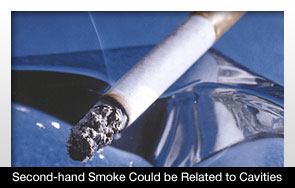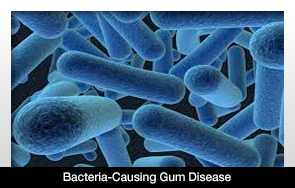 |
A new study indicates that second-hand smoke may have an effect on cavities.
People who inhale second-hand smoke may be at a higher risk for cavities, according to the study, which was led by Dr. Taru Kinnunen, the director of the Tobacco Dependence Treatment and Research Program at the Harvard School of Dental Medicine.
Dr. Kinnunen mentioned this study when speaking at the University of Manitoba’s dental faculty annual research day. He said that second-hand smoke caused the risk of cavities to rise because smoke still entered the naval cavities and the mouth. As a result, the saliva was impacted.
Dr. Kinnunen emphasized that this study is still in its infancy, and nothing is concrete yet.
The premise of the study is that when children are subjected to passive smoke, there is a rise in the number of cavities. Tobacco smoking is still a major worldwide problem, despite the numbers showing that is it in decline in the western hemisphere. The harmful effects from smoking include cancer and many oral health problems, including lesions and gum disease.
Smoking can impact every part of the mouth and inside the mouth, as well.
By quitting smoking, the benefits could be almost immediate. Quitting before age 40 cuts the risk of losing teeth nearly in half, if the person has remained smoke-free for at least two years.
If this study turns out to be true, some laws may be changed to prevent nonsmokers from inhaling second-hand smoke.

|










